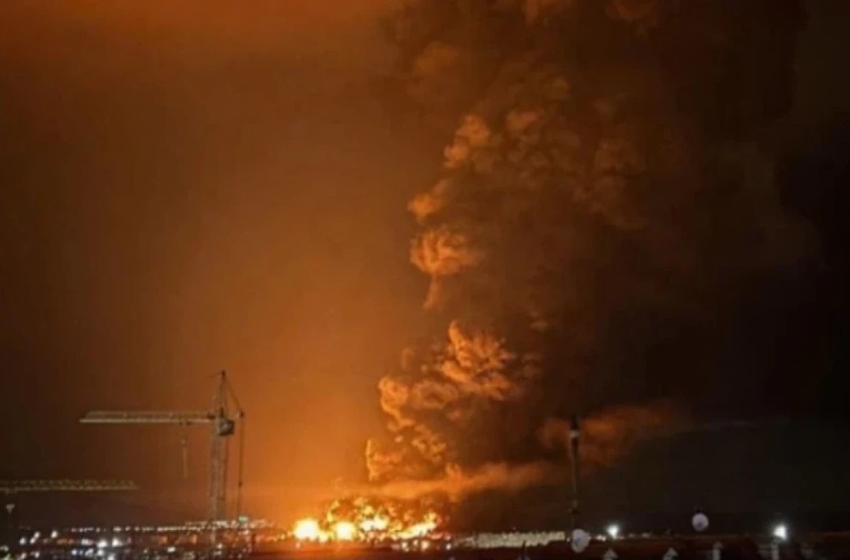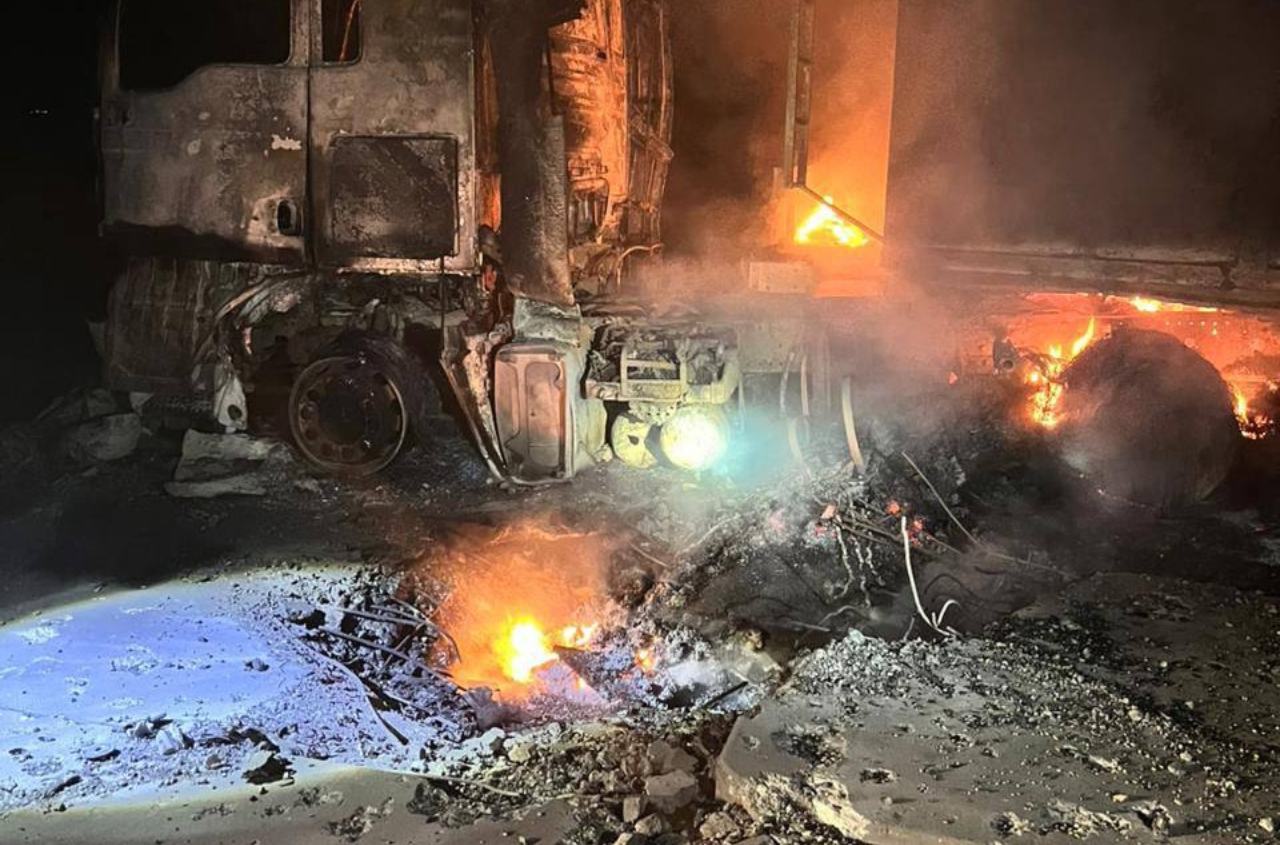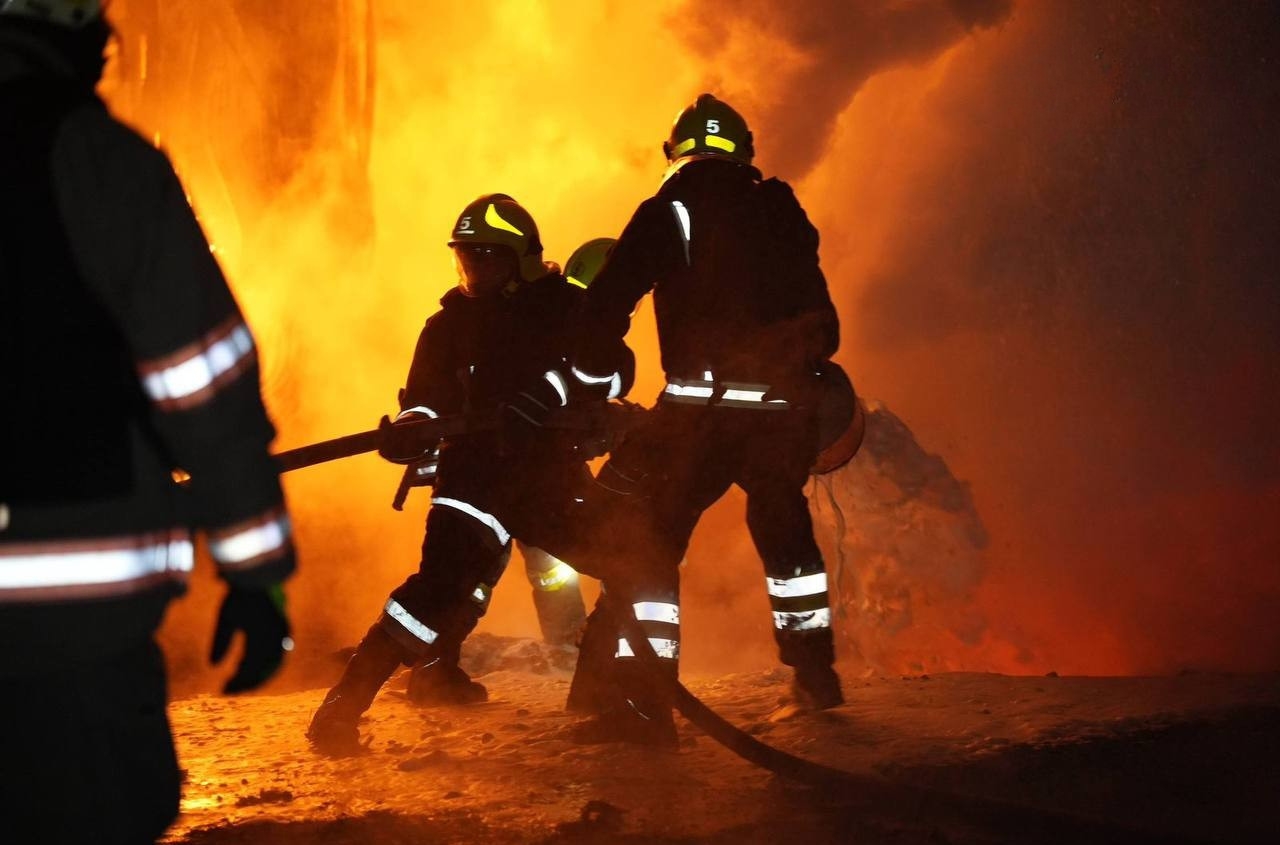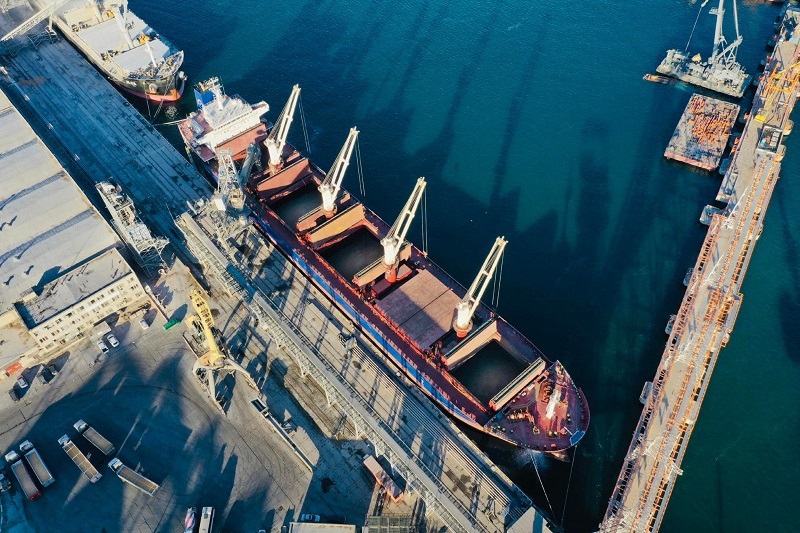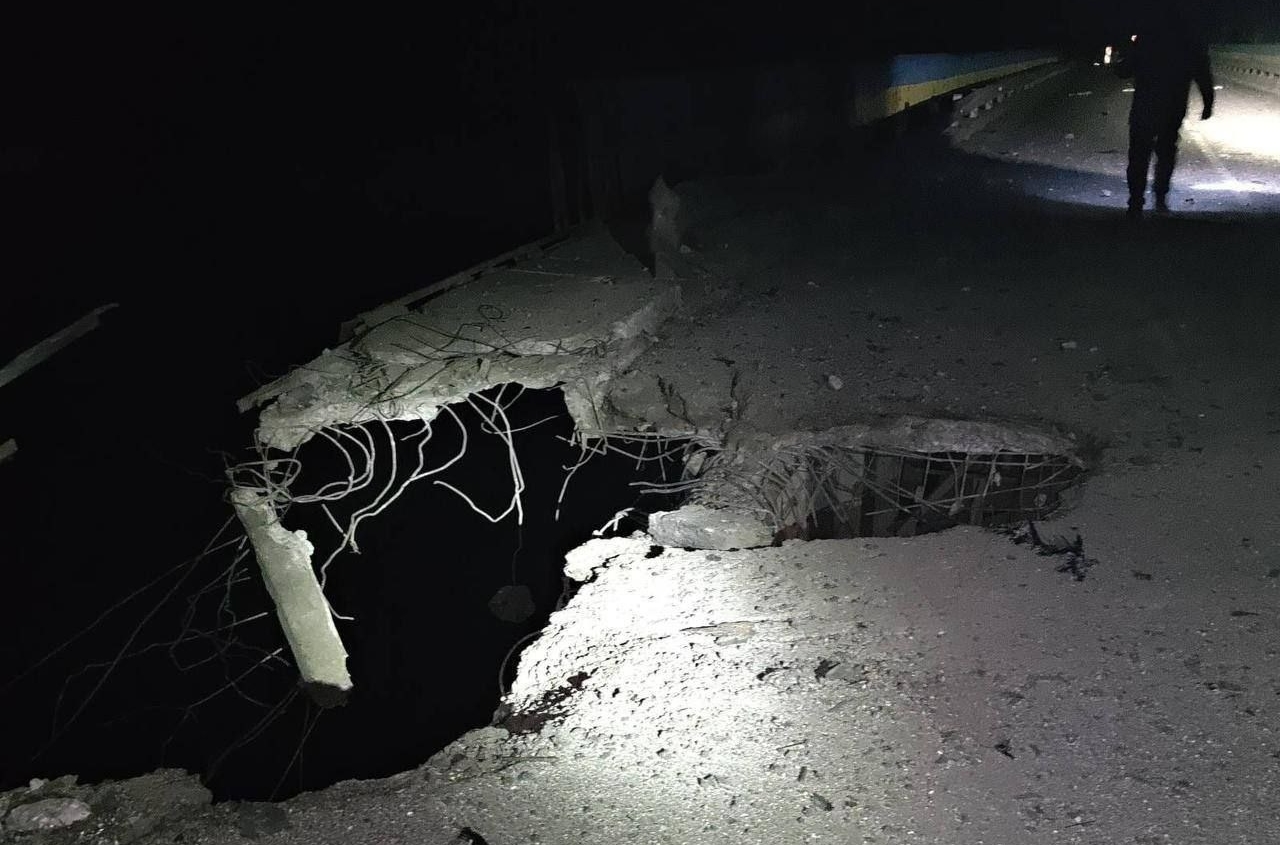On the night of October 13, Ukrainian drones attacked the Feodosia oil depot in Crimea, causing large fires visible from several kilometers away, according to Sergei Aksyonov, the Russia-appointed head of the peninsula. Videos circulating on social media showed flames engulfing at least three storage tanks, according to the “Crimean Wind” channel.
This marks the second strike on the facility in just one week. A previous attack on October 6 caused fires that took five days to extinguish. The Feodosia depot, Crimea’s largest, can store up to 250,000 tons of fuel, supplying both the Russian Navy and ground forces. Before the first October strike, the depot had 22 operational storage tanks.
Also on the night of October 13, the Tavricheskaya thermal power plant near Simferopol was targeted, with a large column of black smoke reported over the station. The Russian Ministry of Defense stated that 40 drones were shot down over Crimea during the night, including 19 over the Black Sea and two over the Sea of Azov. Mobile internet and electricity were disrupted across Simferopol and much of Crimea, with power restored around 7:30 a.m. local time.
The attacks come amid a growing fuel shortage on the peninsula, which Aksyonov attributed to repeated strikes on Russian refineries. Authorities initially limited gasoline sales to 30 liters per person, later reducing the limit to 20 liters. As of late September, fuel prices in Crimea stood at 70 rubles per liter for AI-92 gasoline, 76 rubles for AI-95, and 75 rubles for diesel.
Analytical company OMT-Consulting reported that by the end of September, about half of gas stations in Crimea and Sevastopol had stopped selling gasoline entirely due to supply disruptions, highlighting the impact of the strikes on the peninsula’s energy and fuel infrastructure.









